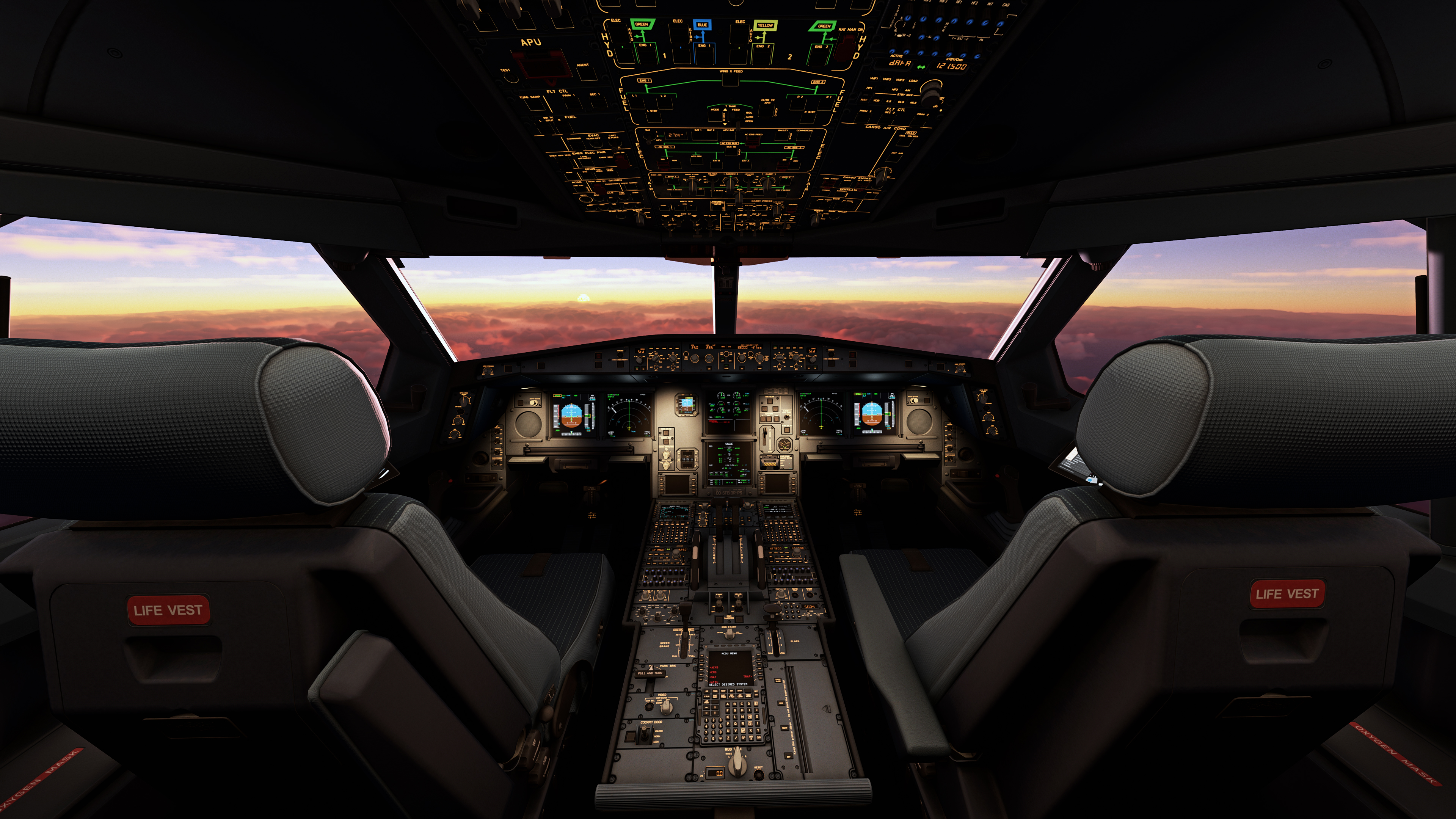
The A330 is by far our largest project to date. Rather than looking at the development of the A330 as a single product, we have decided to take a platform approach, which means that we are committed to supporting, developing and extending the A330 for years to come. This page will keep you updated on the progress and planned enhancements of the A330. So check back regularly to make sure you don't miss anything!
Before we discuss the current status, we must first take a look back at the beginnings of the
MSFS and the A330 project. At that time we had a good A330 addon for Prepar3D.
However, this was often based on the A320 series, which already existed for FSX - so it had
been around for many years. However, this shouldn't be a problem - on the contrary, it was
initially an advantage, as MSFS still offers the option of using this programming logic. So we
began to revise and adapt the 3D model for the MSFS and gradually migrate the aircraft
systems. This went surprisingly well - up to a certain point. At some point, we wanted to
integrate the new possibilities and features of the MSFS and the project began to falter.


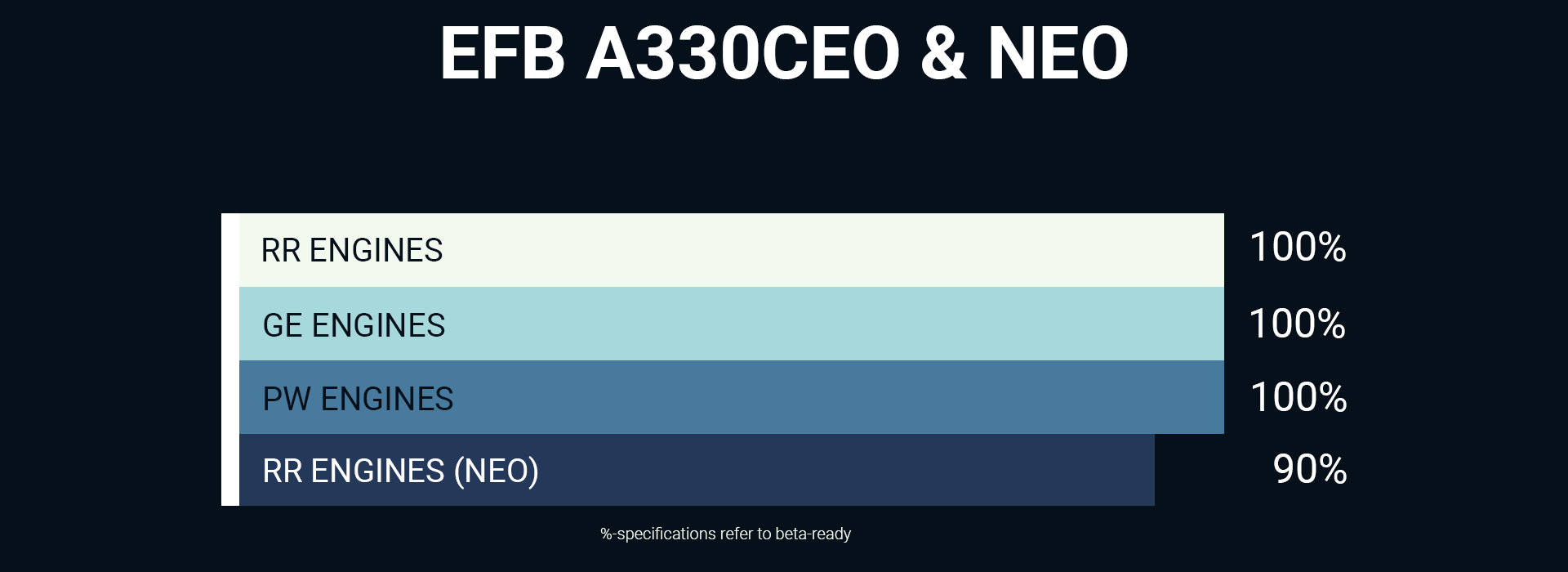
Imagine trying to install a turbine in a simple Cessna 172. Of course, this would work in
principle and both the turbine itself and the rest of the aircraft would function on their own.
But as soon as the two are supposed to work together, i.e. fly, the airframe would not be able
to withstand the loads and would break apart. That's exactly how it was in our A330 at the
time. The MSFS native features were often incompatible with our code base. And so we
gradually had to rebuild more and more systems or even develop them from scratch, which
of course took up more and more unplanned time.
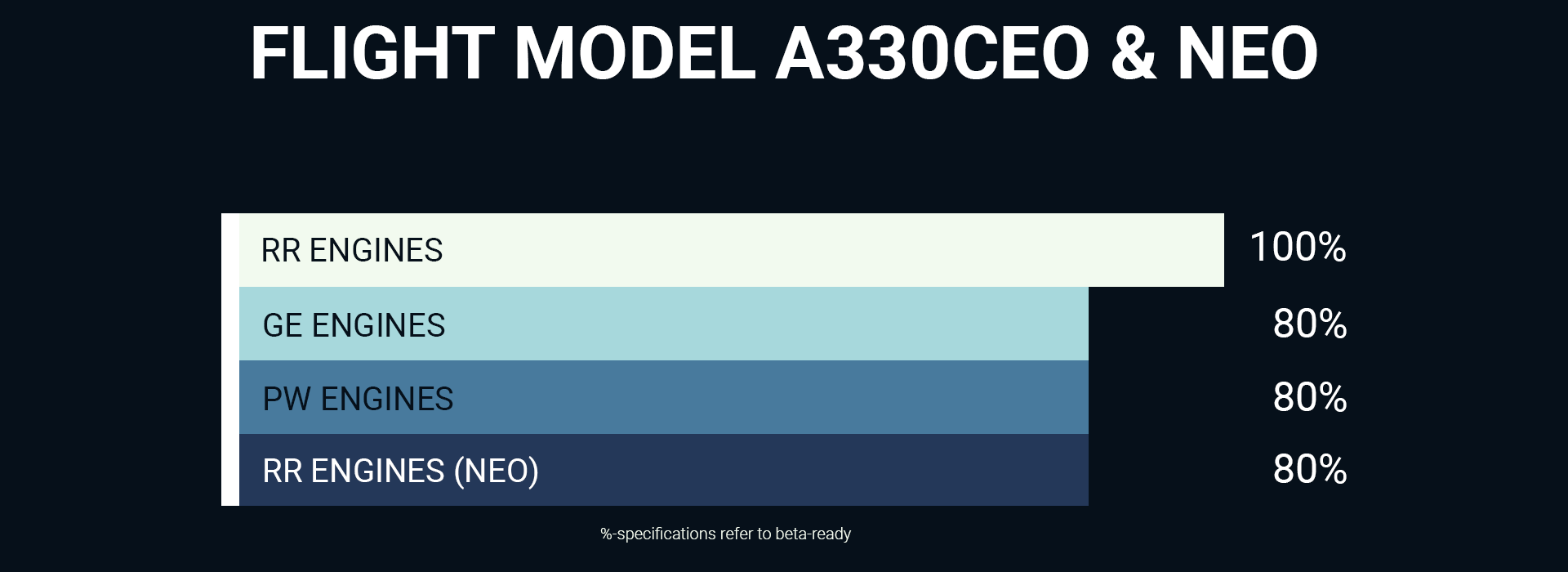

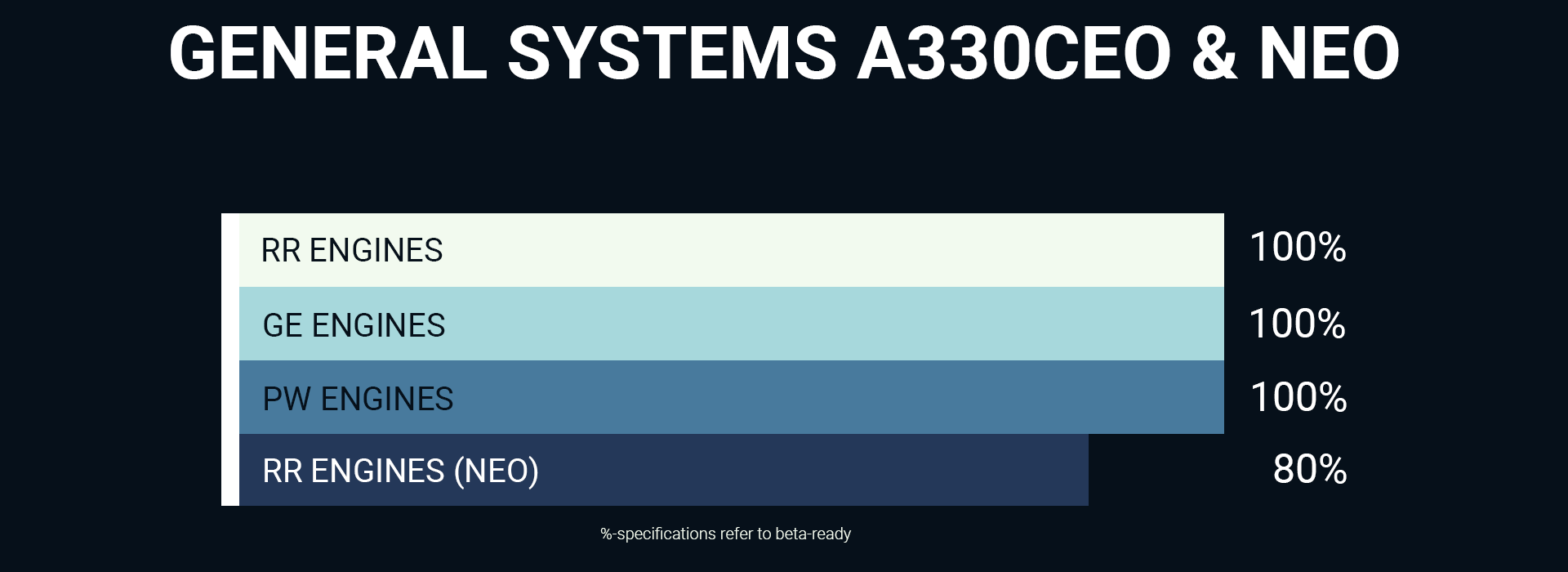
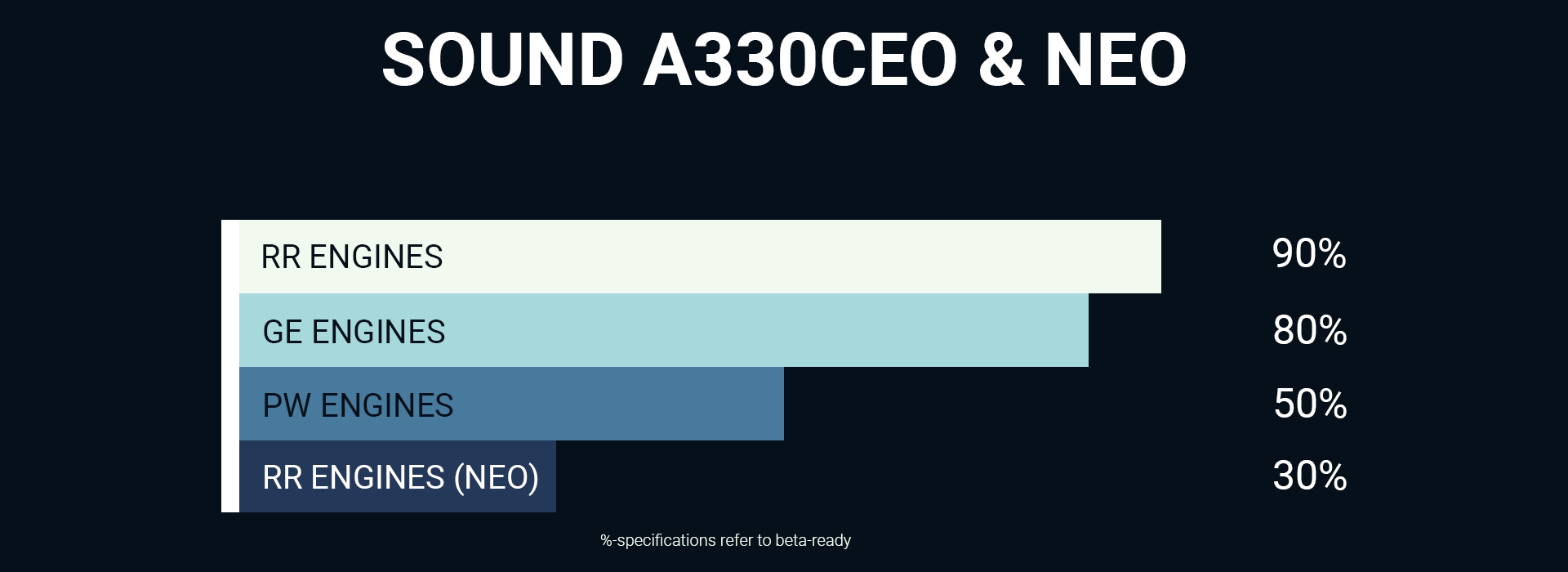
Nothing significant has changed with regards to the schedule. We recently announced that
we would be releasing the A330 for the upcoming Flight Simulator 2024. As soon as we
have a first beta version of the new simulator in our hands, we will test it extensively.
Depending on the results, it is even conceivable to release an A330 version for FS2020 with
a free update to FS2024 in advance. That also depends on when we can start the tests.
The bottom line is that our last statements based on the current state of knowledge remain
valid: There will be an FS2020 version of the A330 variants and a free update to FS2024
Join our Discord Server: https://discord.gg/bN3qF8DQBu
Someone must have been very curious. Well done for finding the link. Not only the PMDG manual but also our A330 manual has been leaked. To be serious, before any rumours start: Of course we didn't hide it, but that's mainly because it was never really a secret. It was never really announced. Feel free to click through and see what there is to discover. If you have any questions, feel free to use our chat channel in English or German.
Oh, and for those of you wondering what it's all about, here's the link to our A330 interactive manual, which is still under development. Feel free to read it, we are happy with it.
We haven't talked about the project for a while, but since we were approached so often at the FSWeekend in Lelystad, we want to bring you all up to date:
In the last few weeks we have fixed countless bugs and, according to our testers, the flying experience is getting smoother and smoother. However, we also want to implement the other engine variants. Our 3D team is therefore currently busy modeling. The exterior model of the NEO variant is finished and the cockpit is undergoing final changes compared to the "classic" version. The GE engines are already finished, more liveries are yet to come. At the moment we are working on the PW engine, it should be ready within the next 2 weeks. Of course we will also adapt the displays and sounds to the new variants, but that will take a while.
As soon as the NEO cockpit is ready, you will get to see new pictures.